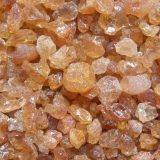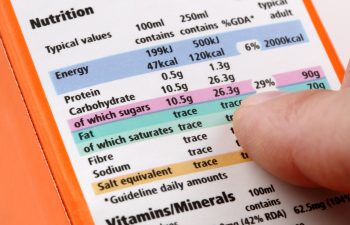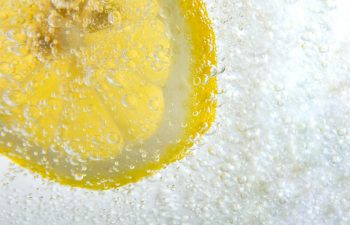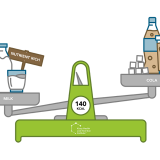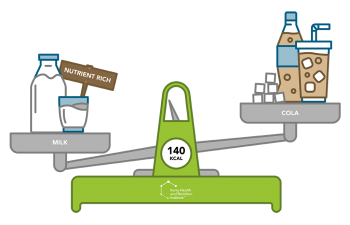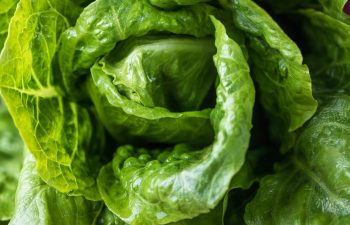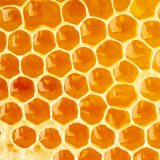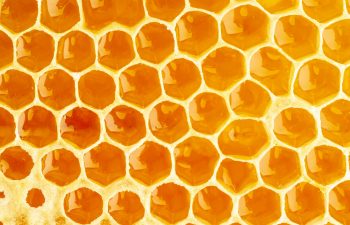Choosing fibre sources can be difficult because different fibres have different health benefits as well as different functional properties in food. This article provides an overview of Acacia fibre, including its origin, high digestive tolerance, and examples of how it can help formulation of different foods and beverages.
Sugar and Calorie Reduction
It has been more than 15 years since the EU published legislation limiting the types of claims that can be made on ‘unhealthy’ foods, but there is still not agreement on the exact nutrient profiles to be used. What challenges have led to this long journey, when can we expect unified guidelines on nutrient criteria for claims and front-of-labelling, and how will it impact the food and beverage market?
Low-calorie beverages can be an important part of addressing high sugar and calorie intake, but many products do not succeed because key sensory factors are not addressed beyond sweetness. Tools from sensory and analytical sciences can be key to building back mouthfeel in beverages which have reduced levels of sugar.
Upcoming legislation will restrict advertising and price promotions of unhealthy foods in the UK. We share formulation tips to improve nutrition scores based on the criteria used in the legislation.
Over 170 million tonnes of sugar are consumed annually, resulting in increased risk of obesity and chronic disease for many as well as production of substantial CO2 emissions, land, and water use. Sugar alternatives that can improve both health and sustainability outcomes can be an important tool for the future health of the planet.
Reformulating foods to reduce content of nutrients like sodium, sugar, and fat is a key pillar of public health strategies globally. Learn about new research that explores the impact of reformulation on nutrient intakes and consumer acceptance.
In our recent article, we described the “Quality Calorie concept” from the British Nutrition Foundation, which is an approach to looking beyond total calories to improve total nutrient density of the diet. Many of the approaches described in the Quality Calorie concept can be adapted by the food and beverage industry to make a substantial… Read more »
Anyone who has ever been on a diet will be familiar with the terms ‘reduced calories’ or ‘counting calories’, but what about the other parts of a healthy diet, beyond calories? Nutrient density has a large role to play in a healthy diet. The high obesity rates globally suggest that on average, we consume too… Read more »
What is the difference between sugar and added sugar? For those in the food and nutrition world, added sugar might be something we hear about every day. Global dietary recommendations continue to recommend reducing added sugar intake, legislation taxing added sugar content of foods or beverages is increasingly common, and the update to the nutrition… Read more »
Sugar is at the top of the list when it comes to improving nutrition in foods and beverages, but it is not as simple as making sure these products still have enough sweetness. This infographic takes a look at challenges and opportunities for the future for sugar reduction. Stay tuned this month for more resources… Read more »

